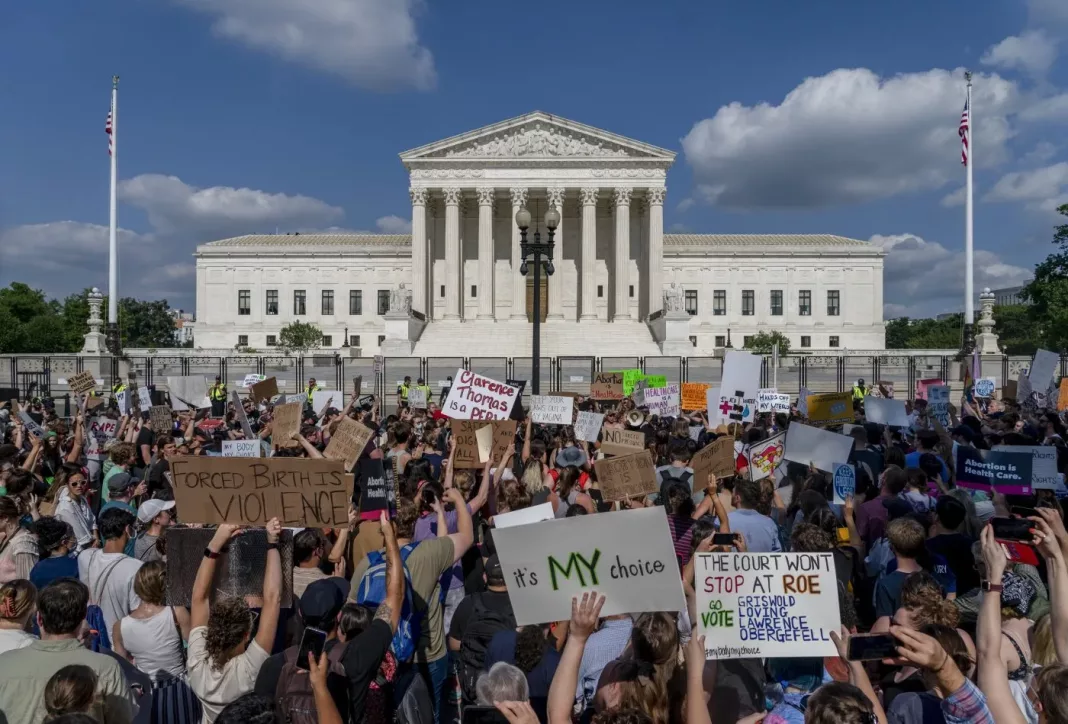The Impact of Abortion Restrictions on Access and Delays
Since the landmark Supreme Court decision Roe v. Wade was overturned in June 2022, access to abortion has become increasingly restricted in the United States. This has led to significant challenges for individuals seeking the procedure, including long waiting lists, travel difficulties, and financial burdens. In this article, we will explore how these obstacles have grown more common and discuss the implications of delayed abortions on the complexity, cost, and potential risks involved.
The Growing Obstacles
With approximately half of U.S. states implementing laws that ban or restrict access to abortion, many clinics no longer offer the procedure. As a result, the remaining providers face a surge in demand for appointments, leading to extended waiting times. A survey conducted by Middlebury College economics professor Caitlin Myers revealed that even before the recent increase in wait times, clinics in several states had waits of two to three weeks, with some clinics having no available appointments.
The Vicious Circle of Delays
Delays in accessing abortion services can have far-reaching consequences. People may miss the window for medication abortions, which are generally not offered past 10 to 11 weeks gestation. As pregnancies progress, the number of clinics providing abortions decreases, making it more challenging to find timely care. Additionally, the cost of the procedure increases significantly from the first trimester to the second trimester, potentially placing a financial burden on individuals seeking abortions.
Rising Demand and Clinic Closures
The overturning of Roe v. Wade has resulted in a significant decrease in the number of clinics providing abortions. An analysis by the Guttmacher Institute found that at least 66 clinics in 15 states stopped offering abortions in the 100 days following the Supreme Court decision. This has forced individuals to travel out of state to access abortion services, leading to further delays.
The Impact of Travel Distances
Research conducted by Caitlin Myers and colleagues revealed that the average driving distance to the nearest clinic has substantially increased in some states since Roe v. Wade was overturned. For example, in Alabama, the average driving distance rose from 34 to 160 miles between March 2022 and September 2023. These longer travel distances exacerbate the challenges individuals face in accessing timely abortion care.
The Consequences of Delayed Abortions
While it is difficult to determine definitively whether delays have pushed more abortions into the second trimester, several providers have reported an increase in the number of patients seeking abortions at 14 weeks or later. Abortions performed later in pregnancy are generally more complex, costly, and potentially riskier. This highlights the urgent need to address the barriers that individuals face in accessing timely abortion care.
Efforts to Reduce Delays
Clinics have taken steps to reduce wait times, such as offering more telehealth appointments for medication abortions, extending operating hours, and increasing staff. While these measures have helped decrease appointment wait times, individual challenges like child care problems, canceled flights, and financial concerns can still hinder access to timely care.
Advocacy for Accessible Abortion Care
Individuals like Jillaine St.Michel, who faced significant obstacles in accessing abortion care, have joined lawsuits filed by organizations such as the Center for Reproductive Rights. These lawsuits aim to challenge restrictive abortion laws and ensure that individuals have access to the healthcare they need without unnecessary delays or burdens.
Conclusion
The overturning of Roe v. Wade has resulted in a significant increase in obstacles and delays for individuals seeking abortion care in the United States. Limited clinic availability, longer travel distances, and financial burdens have made accessing timely abortions increasingly challenging. Addressing these barriers is crucial to ensure that individuals can exercise their reproductive rights and access safe and timely healthcare.


